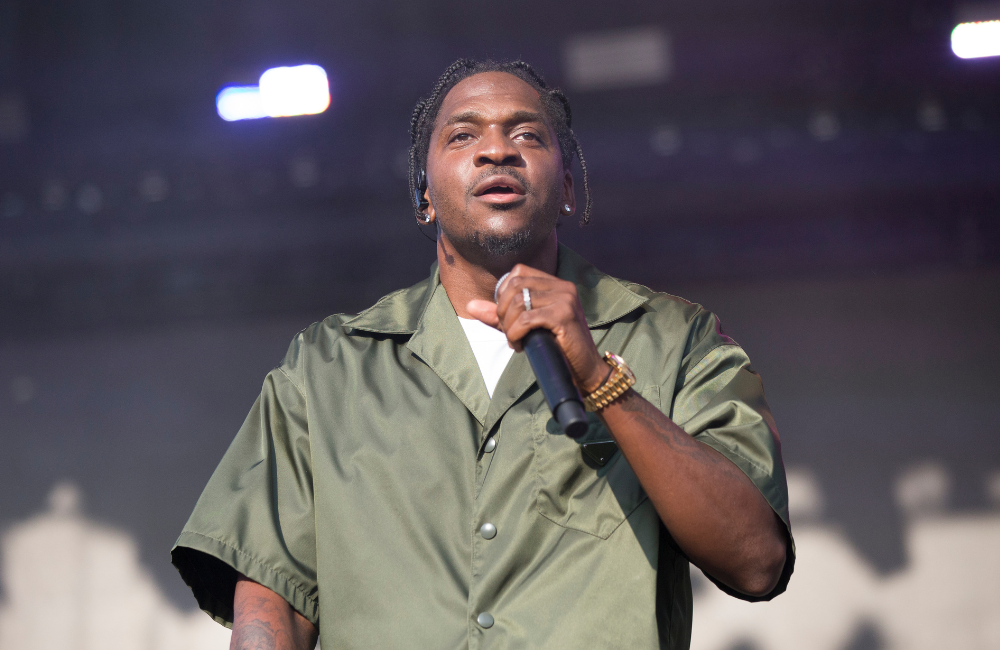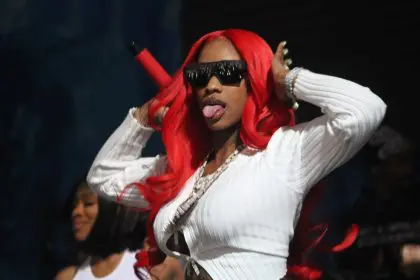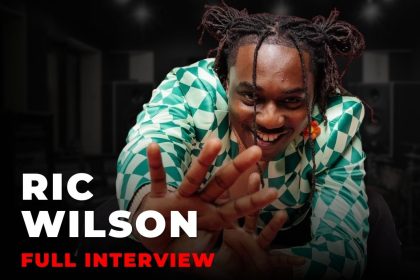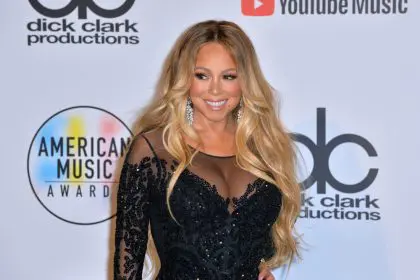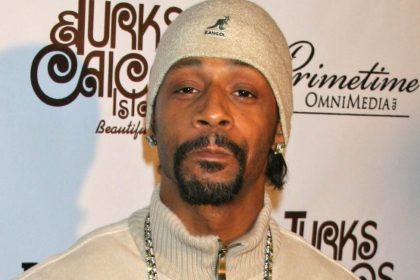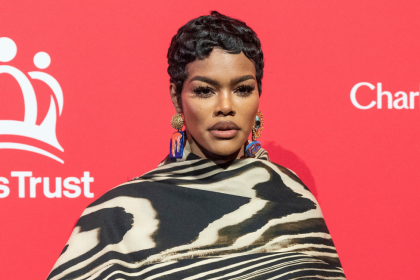The hip-hop landscape shifted dramatically when Pusha T appeared on The Breakfast Club, offering rare glimpses into his strategic relationship with Kendrick Lamar amid the genre’s most contentious rivalries. The Virginia Beach native’s candid revelations illuminate how veteran artists navigate loyalty, competition, and artistic excellence in an industry where alliances can make or break careers.
The brotherhood beyond business
Pusha T’s unwavering support for Kendrick extends far beyond professional courtesy. When pressed about maintaining communication during heated exchanges with Drake, the Clipse member emphasized his loyalty, affirming that Kendrick remains his close ally. This relationship represents something increasingly rare in contemporary hip-hop – authentic mentorship that transcends commercial interests.
The Virginia rapper’s perspective carries weight earned through decades of industry battles. His own legendary confrontations, particularly the surgical precision of The Story of Adidon, established him as someone who understands the strategic elements of hip-hop warfare. This experience makes his endorsement of Kendrick’s approach particularly significant.
Kendrick Lamar spoke to Pusha T during his battle with Drake 👀
“That’s my guy!” — Pusha Tpic.twitter.com/dqPtirLpQd
— NFR Podcast (@nfr_podcast) July 11, 2025
Lyrical mastery and truth-telling
Pusha’s analysis of Kendrick’s artistic approach reveals deeper insights into what separates elite lyricists from mere entertainers. He praised Kendrick’s ability to connect with listeners on a deeper level, noting that great lyricists tune into obvious truths that resonate with the soul. The Virginia rapper emphasized how authentic storytelling cuts deeper than clever wordplay, explaining that while artists can be clever and say cute things, the truth really hurts and cuts deep.
This perspective becomes especially relevant when examining Kendrick’s recent creative output. The Compton native’s ability to channel personal experiences into universal themes demonstrates the maturity that Pusha recognizes and respects. Their shared commitment to substance over style has created a natural alignment that transcends regional differences and generational gaps.
Creative synergy in action
The collaboration on Let God Sort Em Out marks more than just a reunion project for Clipse after more than fifteen years. Kendrick’s contribution to “Chains & Whips” represents a meeting of two distinct artistic philosophies united by common purpose. The track showcases how established veterans can evolve while maintaining their core identity, with Kendrick’s presence adding contemporary relevance to classic Clipse aesthetics.
Pusha revealed that Kendrick was also nearly featured on another track, “So Be It,” but ultimately decided to send his verse earlier, demonstrating his commitment to quality and timing in his craft. This professional efficiency reflects the work ethic that has sustained both rappers throughout their careers.
Industry validation and peer recognition
Malice’s commentary on The Joe Budden Podcast provides additional context for understanding Kendrick’s position within hip-hop’s hierarchy. He praised Kendrick for delivering a powerful verse amidst his own conflicts, calling it a testament to his skill and noting how he went in. This acknowledgment from No Malice carries special weight given his own transformation and perspective on the genre’s evolution.
The recognition from established figures like Pusha T and Malice represents something more valuable than commercial success – it’s validation from peers who understand the craft’s demands. This type of respect typically develops over years of consistent excellence and cannot be manufactured through marketing campaigns or social media presence.
Legacy and artistic integrity
The relationship between Pusha T and Kendrick ultimately represents something larger than individual careers – it’s about preserving hip-hop’s artistic integrity while adapting to contemporary realities. Their collaboration demonstrates how authentic artistic relationships can thrive despite industry pressures that often prioritize controversy over creativity.
As both artists continue evolving, their partnership serves as a model for how hip-hop can maintain its rebellious spirit while embracing more mature approaches to conflict and collaboration. This balance between respect and competition may define the genre’s next chapter.

